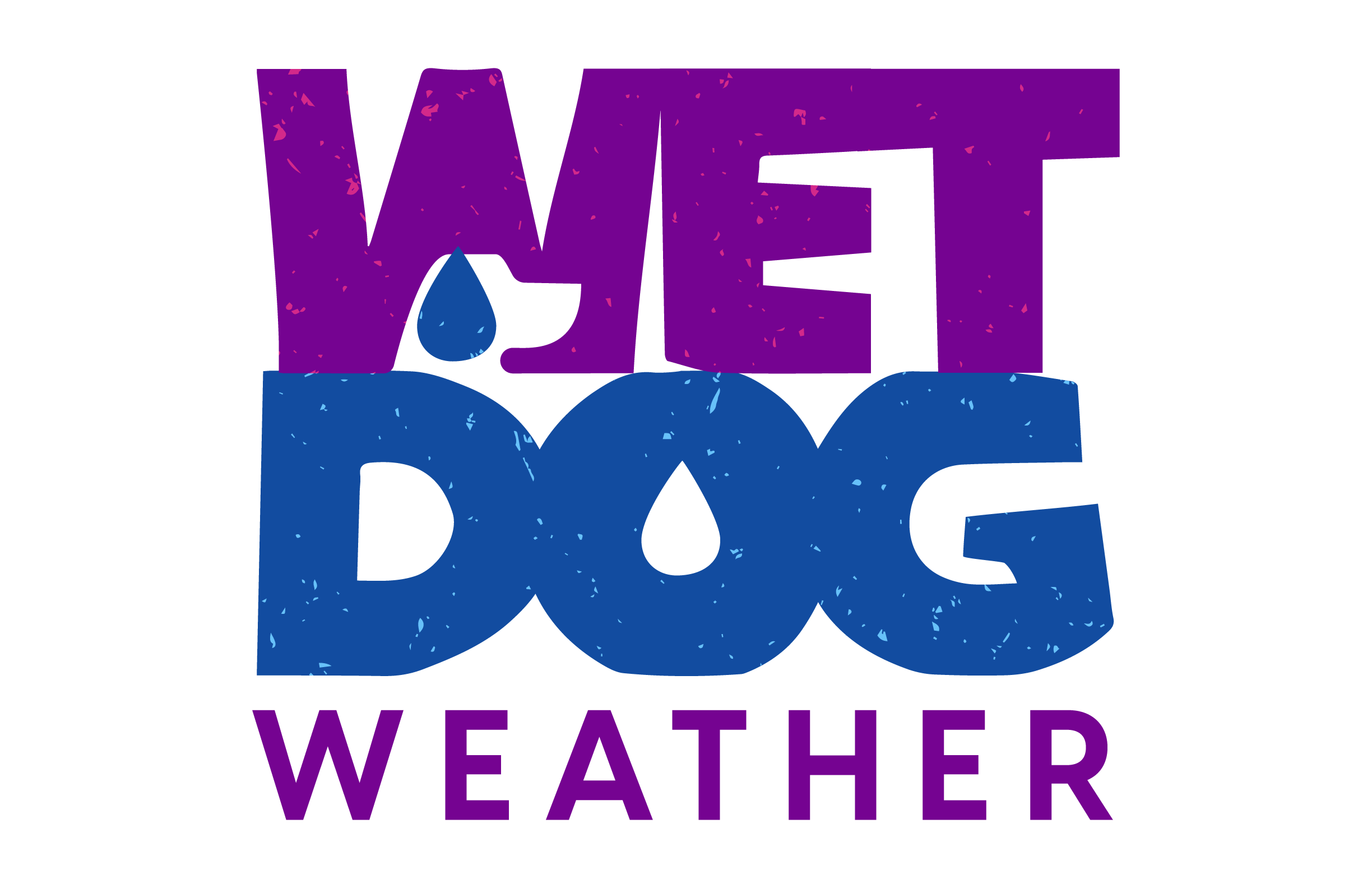Weather forecasting is a precision science, with computer models relying on a delicate ecosystem of atmospheric data. At the core of these sophisticated prediction systems are weather balloons – critical instruments that provide the nuanced, three-dimensional atmospheric information essential for accurate severe weather forecasting.
However, the National Weather Service (NWS) has announced a reduction in weather balloon launches, eliminating or reducing operations in eight key northern locations. Attributed to staffing shortages and budget cuts, the reduction dramatically escalates severe weather forecasting challenges by creating critical gaps in atmospheric monitoring.
Locations Under Threat
The NWS is eliminating or reducing weather balloon launches in 11 locations:
- Kotzebue, Alaska – eliminated
- Omaha, Nebraska – eliminated
- Rapid City, South Dakota – eliminated
- Aberdeen, South Dakota – reduced
- Albany, New York – reduced
- Gaylord, Michigan – reduced
- Grand Junction, Colorado – reduced
- Gray, Maine – reduced
- Green Bay, Wisconsin- reduced
- North Platte, Nebraska- reduced
- Riverton, Wyoming- reduced
Why Every Balloon Matters
Severe weather forecasting requires a multi-layered approach. While satellites provide a broad overview, weather balloons fill a critical observational gap. These instruments capture detailed upper air observations – the precise environment where weather systems develop and severe storms take shape.
The complexity of severe weather forecasting becomes evident when we consider the intricate data these balloons collect:
- Temperature variations
- Precise dew point measurements
- Humidity fluctuations
- Barometric pressure changes
- Detailed wind speed and direction patterns
How Reduced Data Compromises Severe Weather Forecasting
Severe weather forecasting relies on advanced computational models used by meteorological services, from the NWS to local providers like Wet Dog Weather. The evolution of these models, starting with early computers, has turned forecasting into a science by integrating data from satellites, aircraft, weather balloons, and ground sensors.
Reducing weather balloon launches compromises forecasting by creating geographical gaps, leading to missed atmospheric changes. Cutting launches from twice to once daily can significantly impact predictions. Such budget-driven cuts threaten to undermine years of progress in accurate severe weather forecasting, essential for protecting life and property.
Severe Weather Forecasting: A Dangerous Season
The timing of these cuts exposes the most critical severe weather forecasting challenges. For regions east of the Rocky Mountains, April, May, and June represent the peak of tornado outbreak potential. The jet stream – a river of air-moving weather systems across the globe – is particularly active in the northern United States during this time.
Satellites and weather radars provide valuable information but cannot replicate the comprehensive atmospheric data crucial to severe weather forecasting. Weather balloon data offers a vital layer in the forecasting puzzle by helping determine storm potential and intensity before the storms form.
Meteorological experts emphasize that these cuts create significant blind spots in our ability to predict and prepare for severe weather events.
A Broader Concern
Beyond technical complexities, severe weather forecasting challenges have very real human consequences. Accurate weather forecasting isn’t just about numbers – it’s about protecting communities, saving lives, and giving people crucial time to prepare for potentially devastating storms.
As climate change continues to create more unpredictable and extreme weather patterns, weather forecasting becomes increasingly complex. The scientific community unanimously agrees that comprehensive, multi-layered weather data collection is our best defense against nature’s most destructive forces.
These cuts are more than a budgetary issue—they’re a critical escalation of the challenges associated with severe weather forecasting that demand immediate reconsideration. The potential consequences extend beyond simple data collection, threatening the ability to protect communities and save lives.

